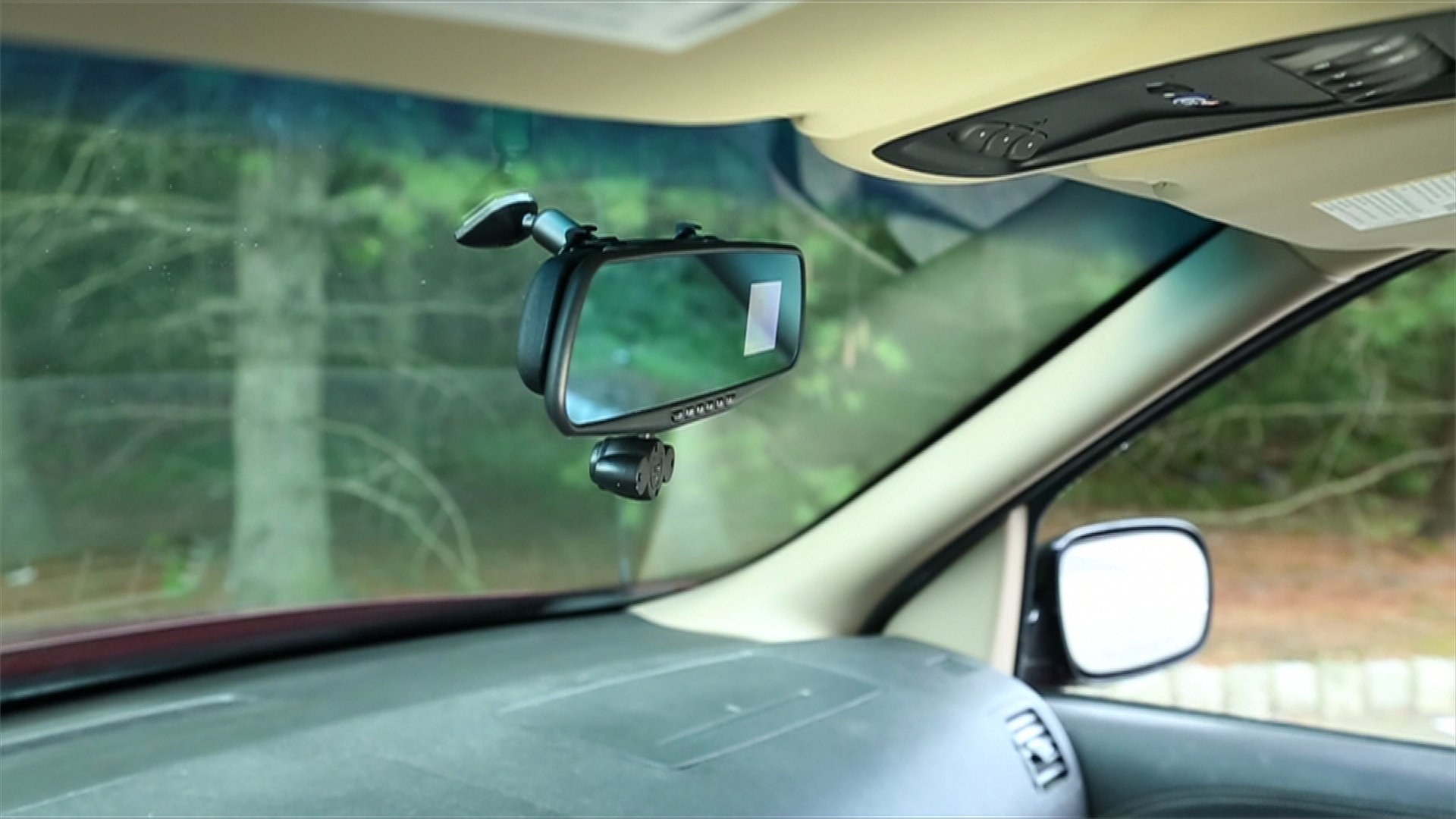Rear View Mirror Dash Cam: A Complete Guide to Enhanced Driving Safety

Benefits of Installing a Rear View Mirror Dash Cam
Rear view mirror dash cams offer a range of benefits, including enhanced safety, better driving awareness, and video evidence in case of an accident. By recording both the road ahead and behind, these devices provide full coverage and protection. In the event of a collision, you can use the footage to support your insurance claim or defend yourself in legal matters. Additionally, some models feature advanced functionalities like GPS tracking, night vision, and motion detection, making them versatile tools for comprehensive driving safety.
How a Rear View Mirror Dash Cam Works
A rear view mirror dash cam functions as both a mirror and a camera. It typically attaches to your existing rearview mirror and records video footage while you drive. The front-facing camera captures the road ahead, while the rear-facing camera monitors traffic or obstacles behind you. Most dash cams are powered via the car’s cigarette lighter socket or can be hardwired into the vehicle’s electrical system. The recorded footage is stored on an SD card, which can be easily retrieved and viewed on a computer or smartphone app.
Installation Process of a Rear View Mirror Dash Cam
Installing a rear view mirror dash cam is a relatively straightforward process. Most units come with mounting straps or clips that attach securely to your vehicle’s existing mirror. Some models require wiring to the car’s power source, while others can be powered through a USB or 12V socket. Once installed, the front and rear cameras need to be positioned correctly for optimal video coverage. If your dash cam supports GPS or parking mode, additional setup may be necessary. Professional installation is recommended if you’re unsure about wiring or placement.
Top Features to Look for in a Rear View Mirror Dash Cam
When selecting a rear view mirror dash cam, it’s important to consider features like video resolution, field of view, night vision, and GPS tracking. High-definition video quality is essential for capturing clear footage, especially in the event of an accident. A wide field of view ensures you capture more of the surrounding environment. Night vision capabilities allow for clear recordings in low-light conditions, and GPS tracking provides data on your location and speed, which can be valuable for insurance purposes. Motion detection and parking mode are also useful for added security.
Why Rear View Mirror Dash Cams Are Better Than Standard Dash Cams
Rear view mirror dash cams offer distinct advantages over traditional dash cams. One of the key benefits is their discreet design, as they blend seamlessly into your vehicle’s interior without obstructing your view. They also provide dual camera functionality, recording both front and rear views simultaneously. This additional rear-facing footage can be critical in proving liability in the event of a rear-end collision. Moreover, these devices often include advanced features like touch screen displays, making them easier to use and more efficient compared to single-purpose dash cams.
Enhancing Night Driving with Rear View Mirror Dash Cams
Night driving presents unique challenges due to reduced visibility, but rear view mirror dash cams equipped with night vision technology can make driving after dark much safer. These dash cams utilize infrared lights or low-light sensors to improve the clarity of recorded footage in poor lighting conditions. By capturing clearer video at night, these devices help ensure that any incidents, accidents, or unusual occurrences are documented accurately. Some models also include automatic exposure adjustments, which prevent glaring headlights or streetlights from distorting the image quality during nighttime recording.

Rear View Mirror Dash Cams for Parking Assistance
Many rear view mirror dash cams come equipped with parking assistance features that make it easier to maneuver in tight spots. With rear cameras providing a clear view of the area behind your vehicle, you can reverse with greater confidence. Some models offer guidelines or even sensor integration that helps avoid obstacles and reduce the risk of bumps or scrapes. Additionally, parking mode ensures that your dash cam continues recording even when the car is parked, providing extra security against theft, vandalism, or hit-and-run incidents.
Are Rear View Mirror Dash Cams Legal?
In most countries, rear view mirror dash cams are legal to use, as long as they do not obstruct the driver’s view. However, privacy laws vary by region, so it’s important to be aware of local regulations regarding video recording in public spaces or capturing footage of other people without their consent. In some areas, consent is required before recording passengers inside the vehicle. Drivers should also ensure that the dash cam is mounted in compliance with local traffic laws, which may have specific guidelines on where such devices can be placed.
How Rear View Mirror Dash Cams Enhance Driver Safety
Rear view mirror dash cams are valuable tools for improving driver safety. By providing continuous video footage of the road, they help drivers maintain awareness of their surroundings. The rear-facing camera offers an extra set of eyes, especially useful in monitoring traffic behind the vehicle. In case of sudden braking or rear-end collisions, the recorded footage provides evidence that can clarify the circumstances of an accident. Additionally, dash cams with lane departure warnings and collision detection can help prevent accidents by alerting drivers to potential dangers.
The Future of Rear View Mirror Dash Cams
As technology continues to advance, rear view mirror dash cams are expected to become even more sophisticated. Future models may feature enhanced artificial intelligence (AI) capabilities that analyze driving patterns and provide real-time feedback to improve driver behavior. Integration with advanced driver assistance systems (ADAS) is also likely, offering features such as automatic emergency braking or adaptive cruise control. The combination of AI, cloud storage, and wireless connectivity will allow drivers to access and share footage more easily, improving safety and convenience on the road.
Choosing the Right Rear View Mirror Dash Cam for Your Needs
Selecting the right rear view mirror dash cam depends on your specific driving needs. If you frequently drive at night, opt for a model with strong night vision capabilities. For long-distance commuters or those who frequently travel in congested areas, GPS tracking and a wide field of view are essential. Drivers looking for added security while parked should prioritize parking mode and motion detection. Consider the ease of installation, video quality, and any additional features like touch screen interfaces or voice control when making your choice.
How Do I Retrieve Footage from a Rear View Mirror Dash Cam?
Footage is typically stored on a microSD card, which can be removed and inserted into a computer for playback. Many models also offer smartphone apps for wireless footage retrieval.
Can a Rear View Mirror Dash Cam Record While Parked?
Yes, many models include parking mode, which allows the camera to record even when the car is turned off, ensuring continuous surveillance.
What’s the Average Lifespan of a Rear View Mirror Dash Cam?
With proper care, most rear view mirror dash cams last between three to five years. Regular firmware updates can help maintain functionality over time.
Read More…..










